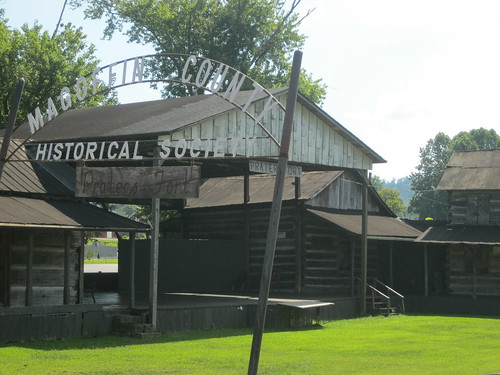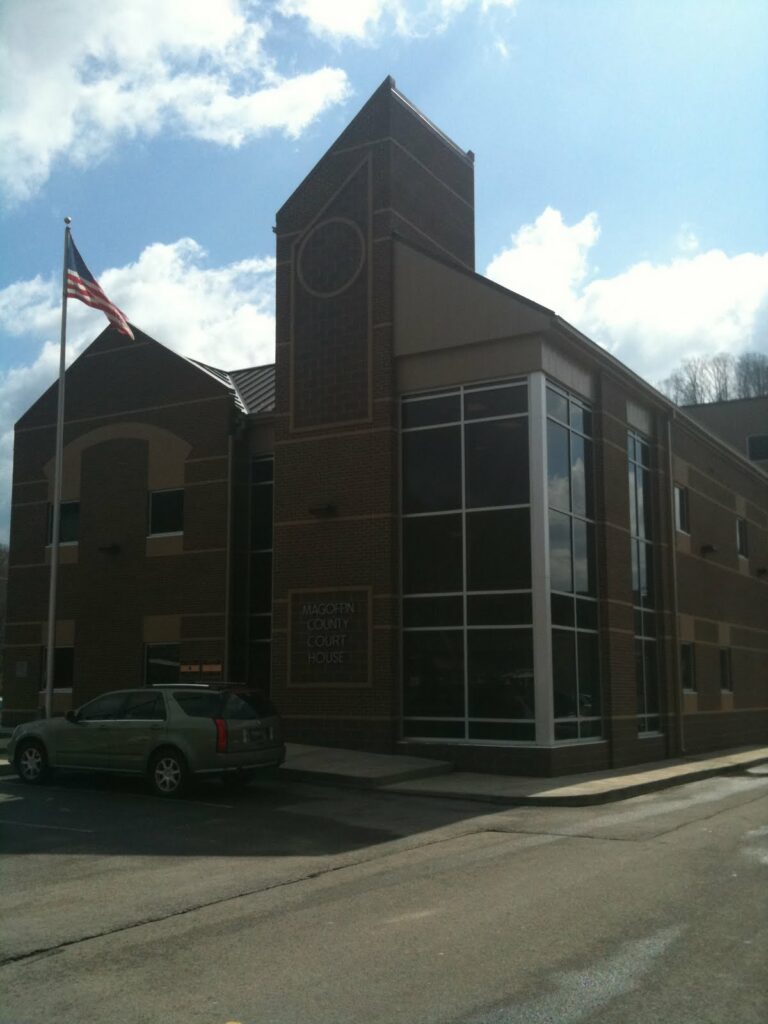The majority of posts on this site focus on Lexington, Kentucky history and historic preservation. But looking back at 2015’s most popular posts on the Kaintuckeean revealed a couple of fascinating details. One big overservation was that 4 of the 5 most popular posts were about subjects outside of Fayette County. That’s because, well, “Kentucky Kicks Ass.”
And 2 were from Nicholasville! So read on and discover the posts. Last year, I included the page of my book, Lost Lexington, in the rankings. Though it would have been #3 this year, I opted to include only posts. But thanks for continuing to love the book!
#1: Graded School Ruins Along the Dawkins Trail
| The Ivyton School in Magoffin County can be spotted from the junction of the Dawkins Trail and the Mountain Parkway. |
Read More: Graded School Ruins Along the Dawkins Trail
#2: No Destination: Griffith Woods
 |
| Griffith Woods, in Harrison County, once had a tavern that was relocated to Clark County in recent years. |
Read More: No Destination: Griffith Woods
#3: Lexington’s Newest Disappearing Neighborhood
| The 1920s houses in this area were demolished in 2015 to make way for the new Shriner’s Hospital |
Read More: Lexington’s Newest Disappearing Neighborhood
#4: Another Nicholasville House is Gone
 |
| Another house from the 1920s is lost to demolition. This one is in Nicholasville. |
Read More: Another Nicholasville House is Gone
#5: A Snow Covered Nicholasville
 |
| A foot of snow on the ground in Nicholasville resulted in some beautiful pictures. Hoping we don’t repeat this in 2016! |
Read More: A Snow Covered Nicholasville
Yes, there were a lot of great posts in 2015 and I hope to share some more of Kentucky’s awesome and rich history, people, and places in 2016!
One final statistic, the three busiest days on the Kaintuckeean were Feb. 23 (A Snow Covered Nicholasville), March 11 (Lexington’s Newest Disappearing Neighborhood), and November 30 (Graded School Ruins Along the Dawkins Trail). Those dates brought in a lot of traffic with some popular posts!
Thanks for a great 2015 and I wish you and yours a happy and prosperous New Years!








